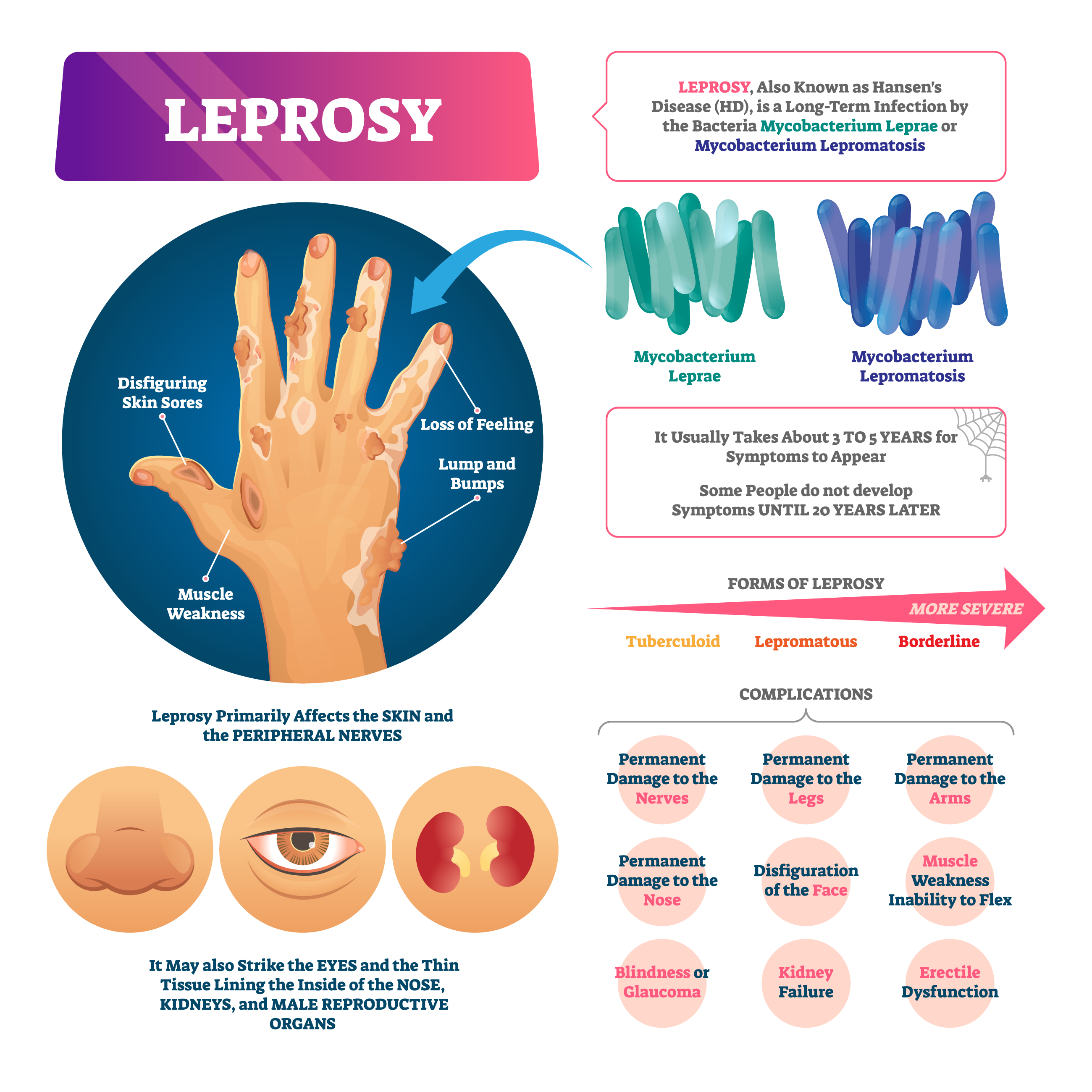World Leprosy Day: Leprosy is difficult to catch. According to the United States Centers for Disease Control and Prevention (CDC), 95 percent of adults can’t catch it. (Image: shutterstock)
World Leprosy Day: World Leprosy Day is observed every year on the last Sunday in the month of January. World Leprosy Day Day is an effort to enable people suffering from leprosy to lead a normal life
World Leprosy Day: The infectious disease is caused by a specific type of bacteria called Mycobacterium leprae which targets the nervous system of the human body. World Leprosy Day is observed every year on the last Sunday in the month of January. The day aims to create awareness about a disease that still has many misconceptions about it.
Read also: World Leprosy Day 2023: Theme, History and Significance
Leprosy, also known as Hansen’s disease, is one of the oldest diseases known to mankind. The day is also celebrated to educate people about the condition, the plight of those suffering from it and the treatment options available. Another major problem is the social discrimination against leprosy patients prevalent in many countries.
World Leprosy Day is an effort to enable people suffering from this condition to lead a normal life.
On this World Leprosy Day, let us dispel some of the most prevalent myths associated with the disease.
Myth 1: leprosy is easy to catch
Leprosy is difficult to catch. According to the United States Centers for Disease Control and Prevention (CDC), 95 percent of adults can’t catch it. This is because an adult’s immune system can fight off the bacteria that cause the disease.
Myth 2: Leprosy can cause fingers and toes to fall off
The fingers and toes do not “fall off” because of leprosy. The bacteria that causes leprosy, Mycobacterium leprae, attacks the fingers and toes, according to the CDC. This makes them numb. When this happens, the burns and cuts go unnoticed. This is the primary reason behind infection and permanent damage. However, it occurs in advanced stages of untreated leprosy.
Myth 3: leprosy no longer exists
Leprosy can be traced back to India from 600 BCE to possibly 1400 BCE, making it the oldest disease known to mankind. It is still around today. Although there are no cases of leprosy in most developed countries, the disease still exists in other countries. It is most prevalent in Asia, Africa and South America.
Myth 4: only poor people get leprosy
People who live in poor areas are more susceptible to this disease. This is because leprosy affects individuals with weakened immune systems. People living in backward areas are likely to have poor hygiene and nutrition, which is why they are more likely to contract it. It still depends on a person’s propensity and their immune system. This means that rich people are at the same risk of getting leprosy than the poor.
Myth 5: leprosy is incurable
There is a cure for leprosy. The disease can be treated with multi-drug therapy, or MDT. After taking this multi drug therapy for 72 hours it stops the spread of the disease and leprosy is no longer contagious.
Myth 6: leprosy patient should not touch
The disease is only mildly contagious, with 95 percent of the world’s population already immune to it. It is not easily transmitted which means that people who have leprosy are not “untouchables”. Multi-drug therapy (MDT) is a highly effective treatment. The medicine only takes 72 hours to work and anyone with leprosy will not be contagious.
read all Latest Lifestyle News Here
